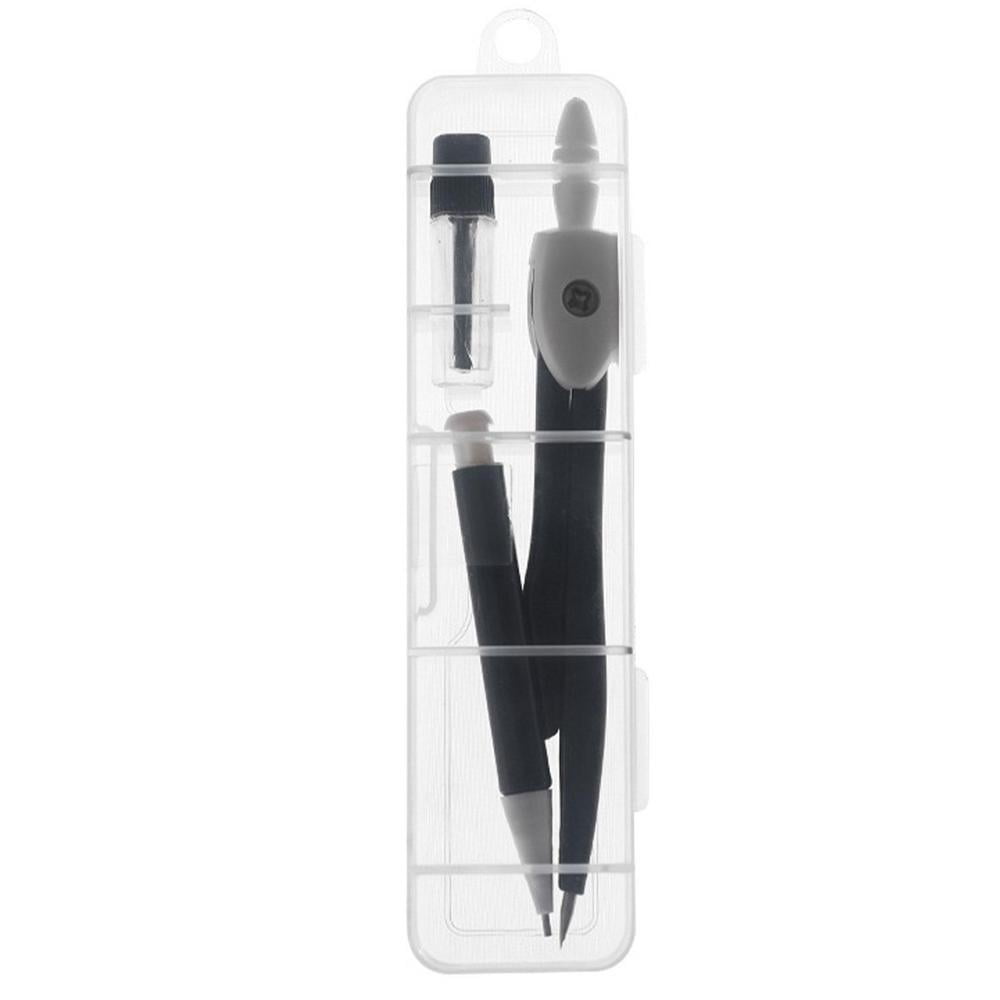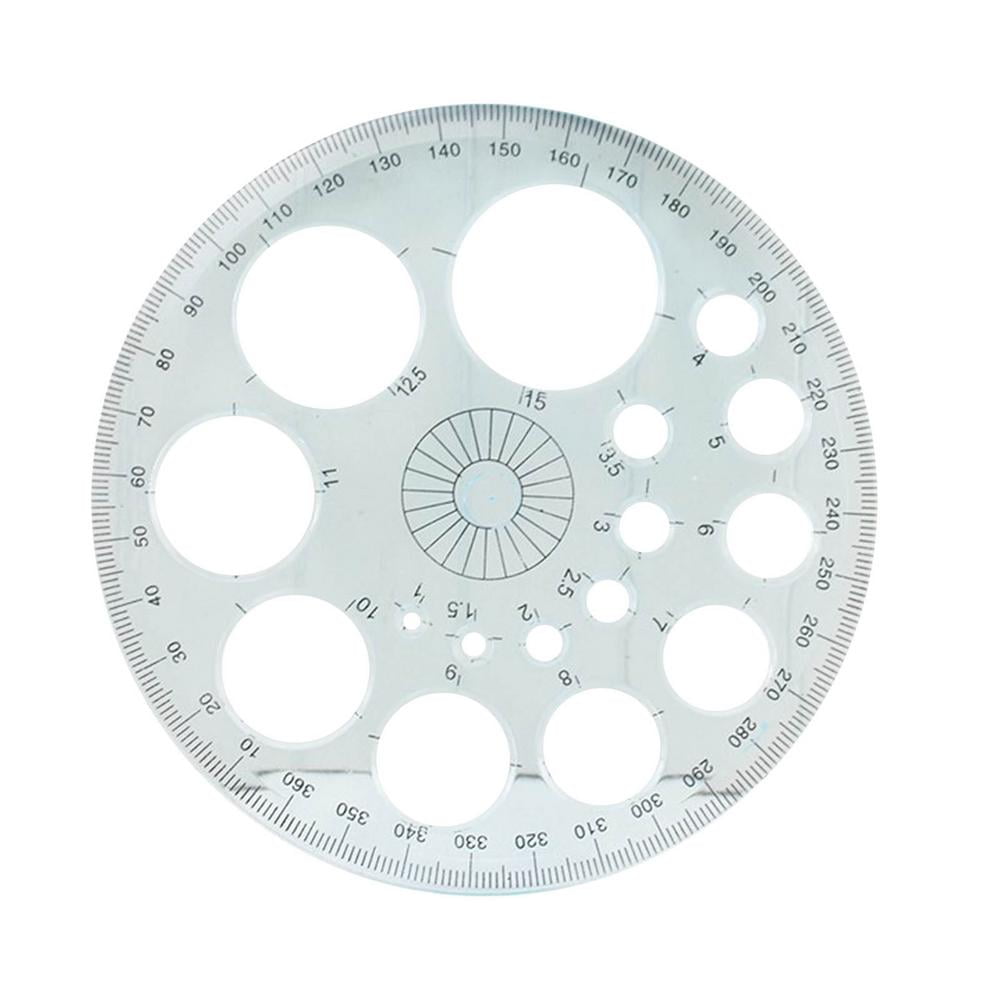
The approximately five dozen objects and related documentation in the NMAH mathematics collections illustrate the diversity of forms of dividers and compasses, as well as the proliferation of the instruments when a mass market opened around 1900. By the 20th century, manufacturers and retailers devoted considerable space in their catalogs to these instruments. Instrument makers, such as Nicolas Bion in the 18th century and William Ford Stanley in the 19th century, provided detailed descriptions of the different types of dividers and compasses suitable for different drawing tasks. Both types of objects were widely sold individually or in sets of drawing instruments from the 17th through the 20th centuries.

Some compasses have interchangeable points, so that they can also function as dividers. It also usually has two legs, one with a sharp point for holding the instrument in place and one with a pen or pencil point for tracing out a circle. Most Americans probably last held a drawing compass in elementary school.

It can be used by itself or in combination with a calculating instrument, such as a sector. This instrument typically has two legs, hinged at one end and with sharp points at the other end. If you have used your thumb and forefinger to compare a distance between two points on a map with the mileage scale in the map's legend box, then you have used your body as a pair of dividers. The user scratched the writing surface in the shape of a circle and then inked the scratches. Before the 18th century, when one leg was modified to take a pen or pencil point, compasses had two sharp points, like dividers. Ancient Roman dividers survive in the collections of the British Museum. The Greek mathematician, Euclid, limited the constructions in his Elements of Geometry to those that could be done with an unmarked straight edge and rudimentary compass. By using activities like classroom demonstrations, technology, team challenges, and outdoor activities, teachers can help students gain a better understanding of the concept while making it an enjoyable experience.Dividers and compasses are drawing instruments that have been used since antiquity to measure distances, transfer lengths from one drawing to another, and draw circles. In conclusion, constructing a square inscribed in a circle is an essential topic in geometry, and it can be a lot of fun for students to learn about. This activity is a great way to get the students moving and to bring geometry to life.
Then, ask the students to work in pairs to draw a square inscribed in the circle using chalk or markers. Take the students outside and use objects like hula hoops or frisbees to represent the circle. The first team that successfully constructs the square inscribed in the circle wins. Then, give them a set amount of time to come up with a method for drawing the square inscribed in the circle. Give each group a piece of paper and a compass to draw the circle. By using GeoGebra, students can get a better understanding of the relationship between the square and the circle and how they fit together.ĭivide the students into groups and give them a task of constructing a square inscribed in a circle. This app allows students to create and manipulate geometrical figures on their own, and they can experiment with different shapes and sizes. Using technology like GeoGebra, students can simulate constructing a square inscribed in a circle.
GEOMETRY COMPASS DRAWING HOW TO
Then, demonstrate how to construct the square inscribed in the circle by connecting the midpoints of the sides of the square. Next, show them how to draw a square by touching the corners of the circle. Draw a circle on the board, and then show the students how to draw the diagonals of the circle. You can do this by using a whiteboard or a piece of paper and a compass. The best way to teach students how to construct a square inscribed in a circle is through a classroom demonstration. Here, we will discuss some activities that can be used to teach students how to construct a square inscribed in a circle. One of the most common topics in geometry is constructing a square inscribed in a circle. Geometry is a very interesting subject, and learning about shapes and their properties can be fun too.


 0 kommentar(er)
0 kommentar(er)
